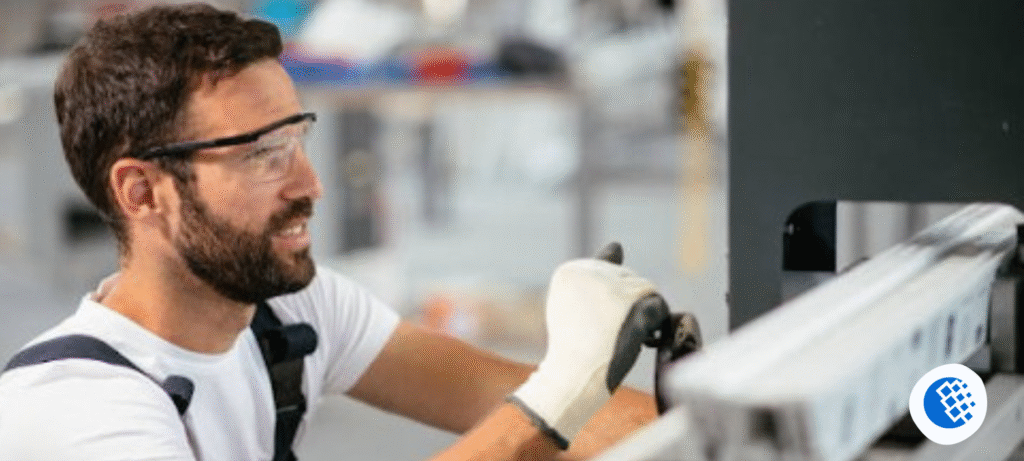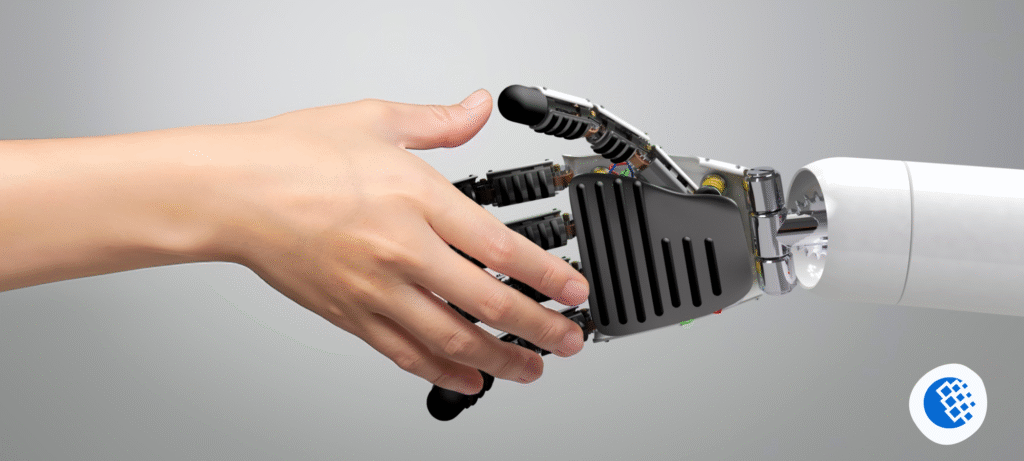Metal is one of the most fundamental factors in the constantly changing automotive industry. Sheet metal is used in everything including body panels, complex internal parts to decide the strength, safety, and style of modern vehicles. With electric vehicles, lightweighting and embracing sustainability as a factor contributing to changes in the industry, automotive sheet metal fabrication will only continue to develop with even more sophisticated techniques. Custom metal fabrication lies at the juncture of this process and also promises precision, performance, and the innovative ability of each vehicle coming out of the assembly line.
The Role of Custom Metal Fabrication in Today’s Automotive Manufacturing
Design and assembly of the contemporary vehicles is all about custom metal fabrication. Auto corporations depend on the customized operations in producing automobile parts that meet the custom design of vehicles, safety standards and performance objectives. This involves cutting, bending, welding and assembly of different metals which are usually aluminum, high strength steel or specialty alloy to form parts like engine mounts, battery enclosures, brackets, even body frames. Custom metal fabrication will be ideal since it demands a great deal of precision in the manner in which every part fits in the overall structure of the vehicle and this will involve very narrow tolerances. The crafted procedure fits mass production as well as low-volume endeavors such as that of concept cars or enterprises with limited production. In all circumstances, fabricators have to struggle with cost, efficiency, and quality as they have to deal with an ever more complicated vehicle architecture and safety requirements.
The Major Processes That Influence the Manufacture of Sheet Metal in Automotives
Sheet metal fabrication in the modern auto industry combines the old tradition with new technologies so as to suit the current high standards. Laser cutting, CNC machining, hydroforming, stamping, and robot welding are some of the techniques used in the process of shaping, joining and challenging metal components. Laser cutting can be exceptionally accurate, and offers very intricate shapes with minimal material wastage, whereas hydroforming uses pressure of fluid instead of sheer force to produce structures that are strong and lightweight. CNC provides machines that can give repeatable high precision parts and also ensure the high quality of the parts given by robot welders eliminates labor with minimum time consumption. All these methods help to increase effectiveness and possibilities of customization. As the car manufacturing industry shifts towards modular platforms and growing customization, such fabrication techniques offer the necessary dexterity and precision to manufacture both structural and cosmetic features of contemporary automobiles.
The Cost of Custom Fabrication to Aid Vehicle Innovation
The key selling point when it comes to custom metal fabrication in the automotive industry is the fact that it allows quick innovation. Custom fabrication is a key component of vehicle design no matter what aspect, building an electric vehicle, enhancing aerodynamics or incorporating state-of-the-art safety measures, automakers will turn to custom fabrication when testing, prototyping and increasing new designs. Digital blueprints can be used to create prototypes which can be refined quickly into a form fit to manufacture parts by engineers and designers. These speediness enables the manufacturers to have a shorter development time, cut down its costs and make emerging technologies reach the market in reduced time. Also, the custom metal fabrication allows using innovative materials that will facilitate the changes in terms of weight reduction and sustainability. Consider a specific example, the incorporation of aluminum or magnesium alloys into the body structures can result in a significant reduction of the mass with no drop in strength, which will have a direct impact on fuel consumption as well as the range of EVs directly. By doing so, the relationship between fabrication and innovation is not simply technical- but strategic.
Automotive Fabrication Processes and Sustainability and Efficiency
The manufacturers are under pressure to go green on environmental concerns and sheet metal fabrication in the automotive industry is not an exception. Most of today’s shops in fabrication are taking advantage of being sustainable, recycling of materials that it uses, utilizing water based lubricants, and green equipment. The closed-loop systems collect scrap metal and reuse them minimizing wastes and saving on materials. In the meantime newer laser, and plasma cutters consume less energy and emit fewer emissions as compared to older counterparts. The trend towards lighter cars also fosters use of more recyclable materials like aluminum that can be manufactured just as efficiently as steel through special techniques. The change is facilitated by custom metal fabrication that allows effective manufacture of parts that are not only performance oriented but also environmentally friendly. Sustainability has emerged to be a competitive advantage in the auto industry as government policies become more stringent and consumers are more alert.
Integration and Intelligent Technology of the Future in Automotive Fabrication
In prospect, automotive sheet metal fabrication is likely to undergo some transformation with the burgeoning of smart manufacturing technologies and the strengthening of the relation with the design and engineering. On the one hand, digital twins, real-time quality control sensors, AI-based systems that drive an inspection, and automated supply chains have already started changing the vehicle building process. The technologies will enable the manufacturers to foresee performance problems, reduce the defects, and maximize real-time production. Within this environment, custom metal fabrication can be even more useful, and it provides the capability of quickly switching design alterations, supply chain alterations, or any other special requirement made in the market. The further development of fabrication will also enable the smaller manufacturers and emerging companies to compete, due to the scalability, and openness of new fabrication tools and platforms. Later, as vehicles achieve greater levels of connection, automation, and electrification, the high standards of precision, reliability, and efficiency inherent in their sheet metal parts have to be even higher. It is a future that will require an even more advanced integration of material science, digital engineering, and manufacturing skills, thus making the automotive development not only state of the art but also production-actual.
To sum up, custom metal fabrication and automotive sheet metal fabrication cannot be discussed outside or without the advancement that is featured in the current and coming vehicles. These techniques make the automotive world feel so much safer to live in thanks to reduced emissions and enhanced safety, as well as the ability to produce and design new-fangled things. With the fast-growing pace of technology, metal fabrication will still be one of the cornerstones of the technology of transport a generation ahead.





